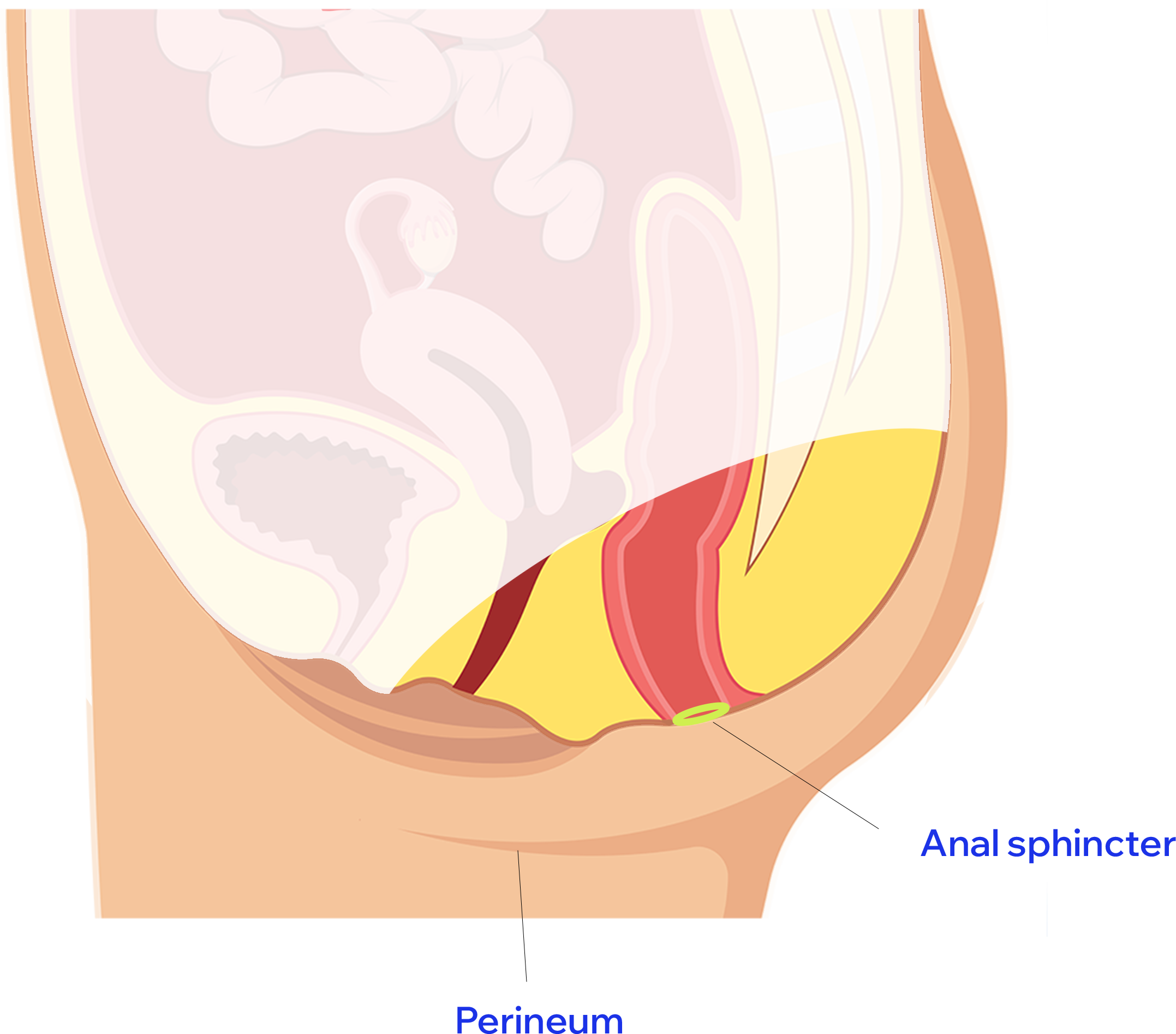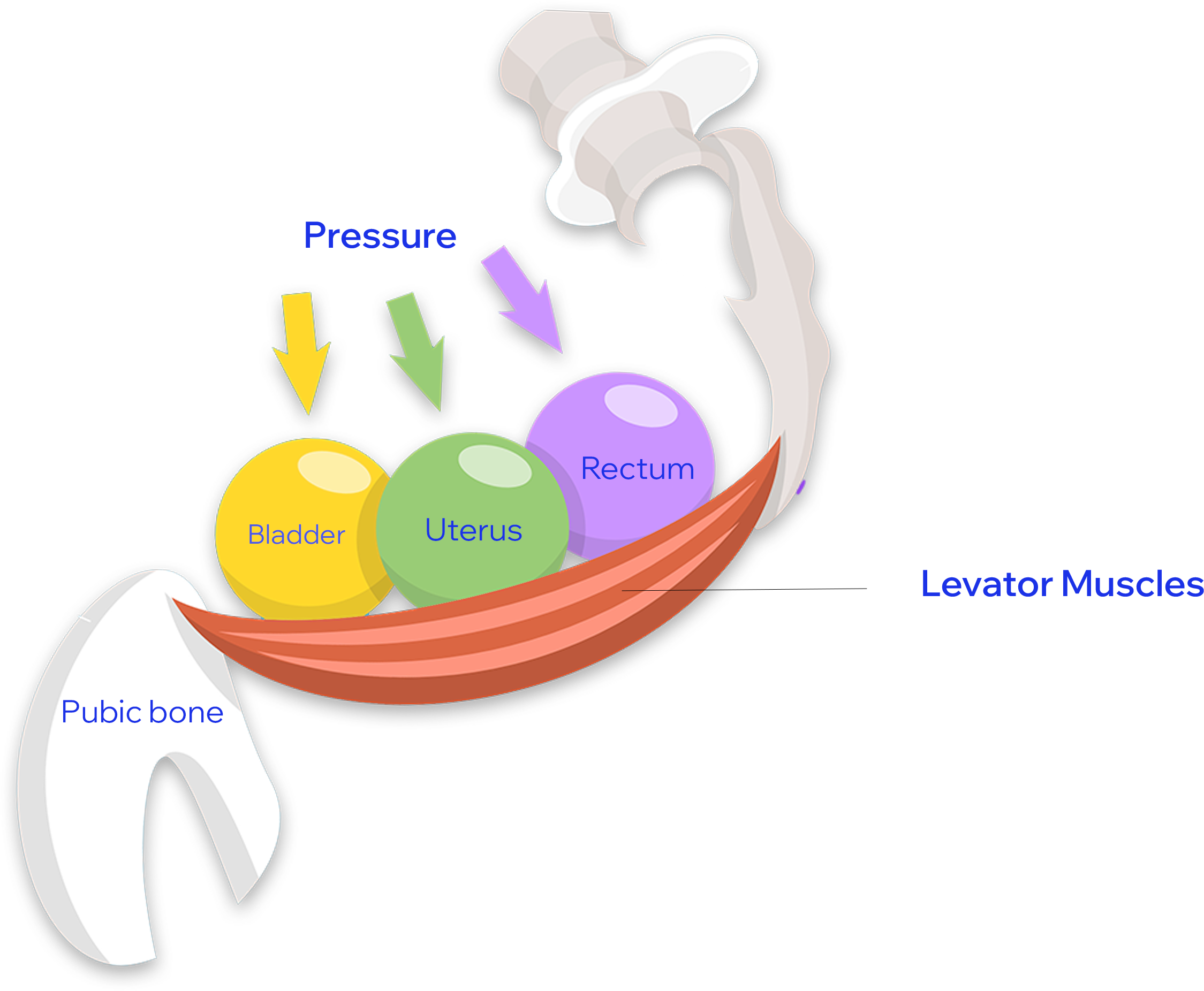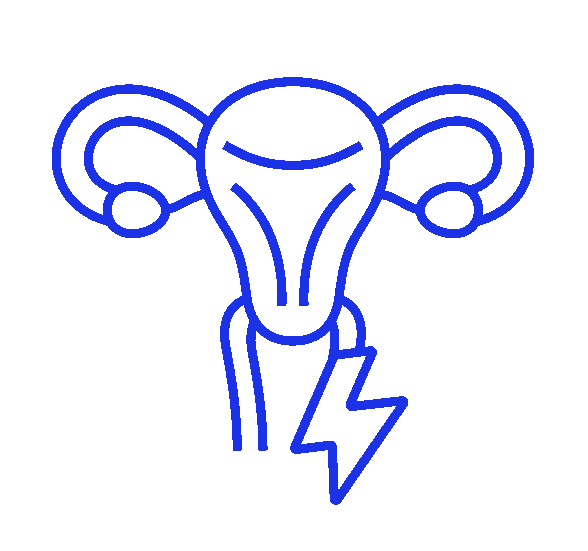Questions about ODS? Join the Live Q&A on Feb. 27

Understanding your problem is your first step to reaching a solution
Female Pelvic Floor Disorders (PFDs)
Female PFDs involve a loss of control
or comfort in the bladder, bowel, vagina, and sexual function as a result of weakening or loosening of pelvic floor supports
Treatable Female PFDs:

1 in 2 Women
PFDs are common, affecting 50% of all women in one form or another. Childbearing women are at higher risk for developing PFDs. However, women with no prior history of pregnancy or delivery can also experience PFDs.
are Affected by PFDs


The perineum is located between the opening of the vagina and anus. It is a connection point for several muscles maintaining vaginal tone.
The anal sphincter is a donut-shaped muscle that surrounds the anal opening, helping to maintain bowel control.
The anal sphincter can become injured during vaginal childbirth.
The levator muscles are a family of muscles making up the foundation of the pelvic floor, often referred to more simply as the “pelvic floor muscles”.
Like a shelf, several of the
levator muscles support the uterus, vagina, bladder and rectum in their normal positions.
Other levator muscles are
like a sling, playing a major role in maintaining control over urine, gas and stool.
Overlapping muscles and connective tissues surround the pelvic organs (vagina, bladder, rectum, uterus), suspending them and preventing them from falling down or out of your body.
The pelvic floor consists of several layers of support, stretching like a hammock across the pelvic opening.
The levator muscles are a family of muscles making up the foundation of the pelvic floor, often referred to more simply as the “pelvic floor muscles”.
Like a shelf, several of the levator muscles support the uterus, vagina, bladder and rectum in their normal positions.
Other levator muscles are like a sling, playing a major role in maintaining control over urine, gas and stool.
Overlapping muscles and connective tissues surround the pelvic organs (vagina, bladder, rectum, uterus), suspending them and preventing them from falling down or out of your body.
The pelvic floor consists of several layers of support, stretching like a hammock across the pelvic opening.
The perineum is located between the opening of the vagina and anus. It is a connection point for several muscles maintaining vaginal tone.
The anal sphincter is a donut-shaped muscle that surrounds the anal opening, helping to maintain bowel control.
The anal sphincter can become injured during vaginal childbirth.





